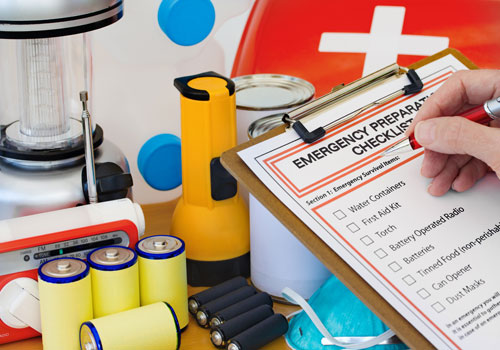
Emergency preparedness for personal injuries is at the heart of everything CLC does. This rising force in Egypt’s industrial landscape, established in 2016, empowers large-scale, process-driven industries like oil and gas giants, cement leaders, and petrochemical powerhouses. By partnering with leading international companies who adhere to the strictest Safety Solutions and environmental standards.
CLC ensures the well-being of its people every step of the way. Their unwavering commitment to excellence is reflected in their coveted international accreditations in occupational safety (ISO 45001), environmental management (ISO 14001), quality control (ISO 9001), and food safety (ISO 22000).
CLC’s Emergency preparedness for personal injuries
CLC ‘s emergency preparedness is one of the most important topics of discussion at “Safety Strategies Event.” by partnership with Egypes Company.
Agenda
Confined Spaces (Hazards and Precautions)
Respiratory Protection and the latest industry-recognized advancements in this regard.
Working at Heights (Risks and Precautions)
Preparedness for Dealing with Emergency Situations
Preparation of Rescue Teams (Training for Personnel and Equipment).
Standards of Emergency preparedness for personal injuries at CLC
Consider topics such as how to receive Emergency preparedness for personal injuries information; how to communicate with family members (including if local phone communication is unavailable); and how to address basic needs such as food, water, shelter, clothing, medication, sanitation, and transportation.
Thorough Risk Assessment:
Identify potential hazards specific to your environment. This could include fires, chemical spills, medical emergencies, natural disasters, and security threats.
Analyze the likelihood and potential impact of each hazard to prioritize risks and allocate resources effectively.
Clear Protocols and Procedures:
Develop detailed procedures for different types of emergencies, including evacuation routes, assembly points, communication protocols, and reporting lines.
Ensure the plan is easy to understand and accessible to everyone, including individuals with disabilities.
Designated Roles and Responsibilities:
- Assign specific roles and responsibilities to team members during Emergency preparedness for personal injuries. This could include evacuation coordinators, first responders, communication officers, and medical personnel.
- Provide training to equip individuals with the necessary skills and knowledge to fulfill their assigned roles effectively.
Regular Communication and Drills:
Communicate the EAP regularly to all members, ensuring everyone is familiar with the plan and their responsibilities.
Conduct realistic drills and simulations to test the plan, identify areas for improvement, and build confidence in emergency response procedures.
Continuous Improvement and Maintenance:
Regularly review and update the EAP based on changes in the environment, regulations, or lessons learned from drills and actual incidents.
Ensure equipment and supplies are readily available and in good working condition.
Additional Tips:
- Involve everyone: Encourage feedback and suggestions from all levels of the organization to create a comprehensive and inclusive plan.
- Accessibility: Consider the needs of individuals with disabilities and ensure the EAP is accessible to everyone.
- Technology: Utilize technology like emergency notification systems and communication apps to enhance response capabilities.
By implementing these elements, CLC develop a successful emergency action plan that prioritizes safety, minimizes risks, and fosters a culture of preparedness within your organization. Remember, being prepared for the unexpected can save lives and minimize damage in the face of an Emergency preparedness for personal injuries.


